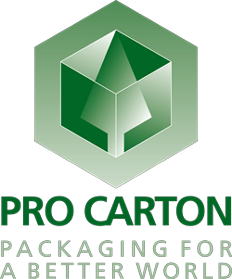Substantiating Green Claims
Streamline green claims, but allow for customised solutions
Fibre Packaging Europe welcomes the Commission’s upcoming regulation on substantiating green claims as an important tool towards a climate neutral, resource efficient and circular economy.
Today, there is a proliferation of methods to measure the environmental performance of products, and of labels to communicate their performance to consumers. While labels were initially conceived to simplify communication, their proliferation and misuse have actually increased confusion among consumers and decreased their trust.
If appropriately designed, legislation on substantiating green claims could ensure that whenever such statements are made, they are trustworthy and backed by scientific evidence. Such an initiative would be a step in the right direction provided the accounting of product-related externalities and their environmental impact are based on reliable and verifiable methods and robust data.
The legislative proposal on substantiating green claims should recognise and enhance the performance of frontrunners, and acknowledge the crucial role they play in reducing emissions. Fibre-based packaging actively contributes to the green transition by providing a viable and sustainable alternative to fossil-based packaging solutions.
Fibre Packaging Europe suggests including the following considerations in the upcoming legislative proposal on substantiating green claims:
- Secure a level playing field between EU produced and imported products
- Adopt a voluntary framework based on existing recognised or standardised methods to create a win-win situation
- Improve the Product Environmental Footprint (PEF) method before mainstreaming it
- Use existing national structures to verify green claims
Fibre Packaging Europe looks forward to working with policymakers to ensure that stakeholder concerns and scientific evidence are taken into consideration before the legislative proposal is released. We remain available to provide additional information, expertise and data, and would appreciate the opportunity to continue the dialogue with policymakers on this crucial topic.
About Fibre Packaging Europe
Fibre Packaging Europe is an informal coalition of seven trade associations representing industries involved in forestry, pulp, paper, board and carton production and recycling from across Europe. Our joint mission is to provide renewable, circular and sustainable fibre-based packaging solutions to European citizens to achieve the European Green Deal objectives. Together, we represent around 1500 companies and over 2200 manufacturing plants, we employ more than 365.000 people across Europe and our annual turnover is around EUR 120 billion.




